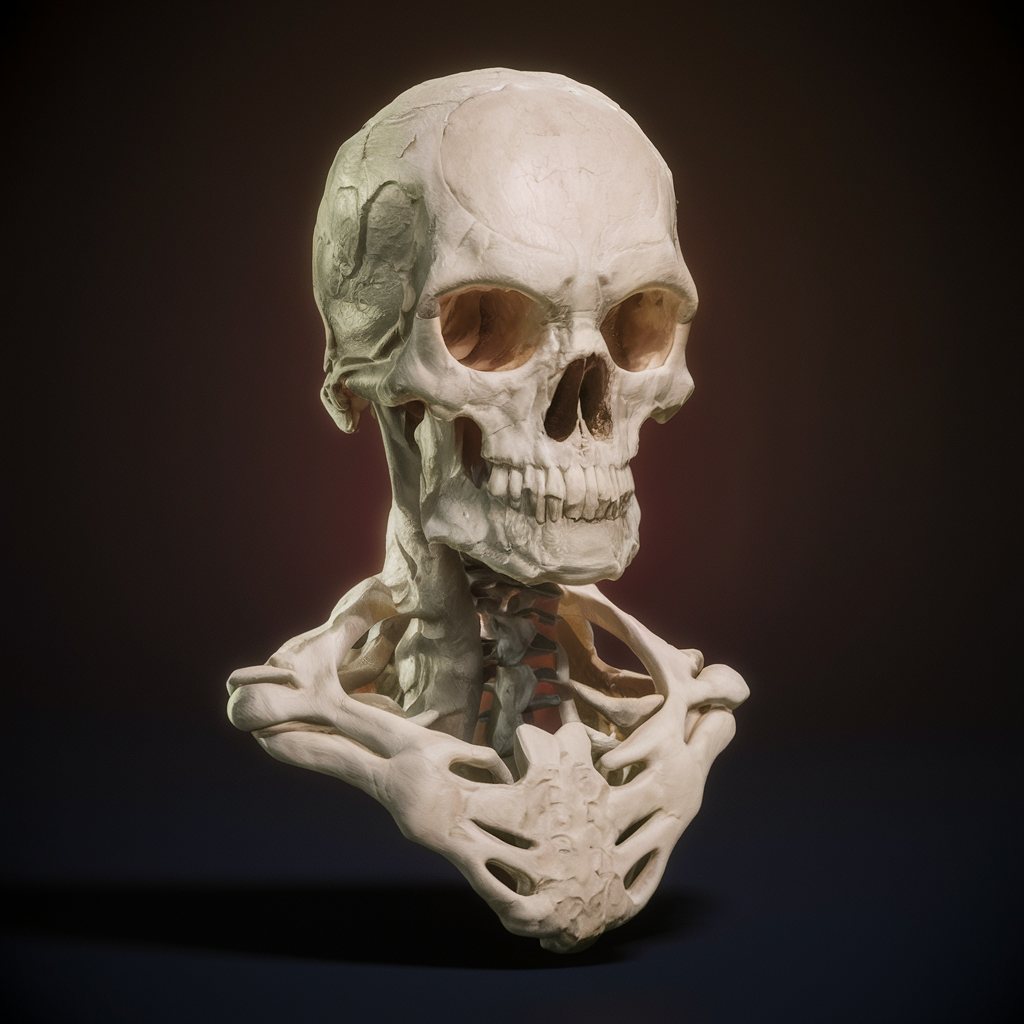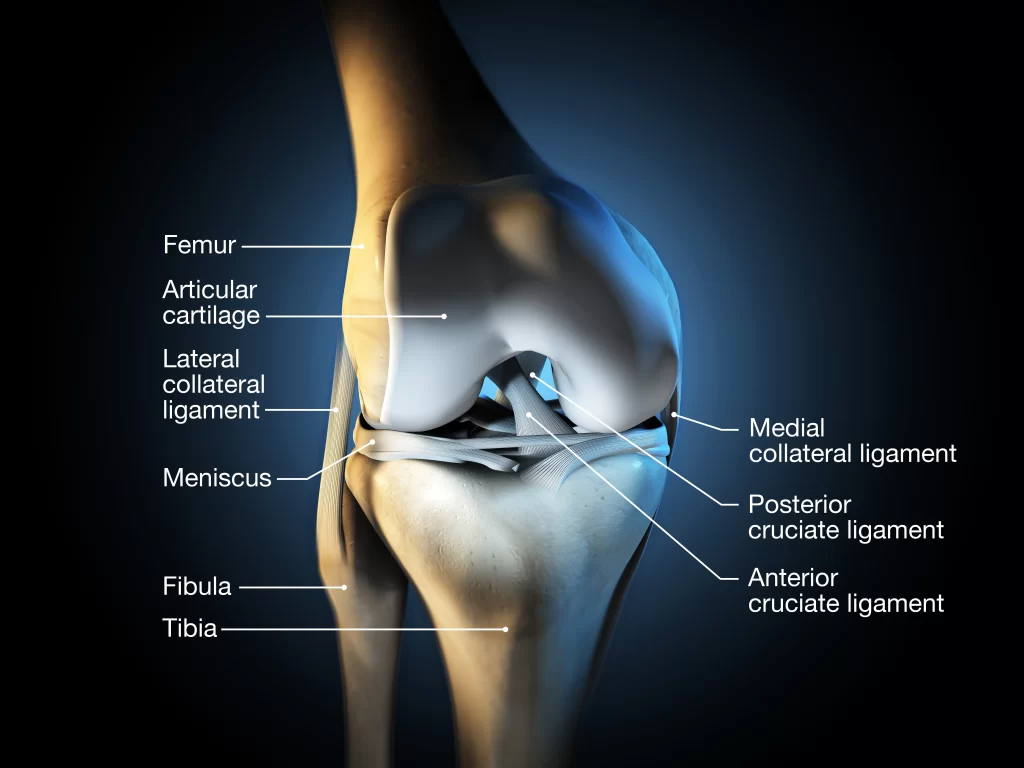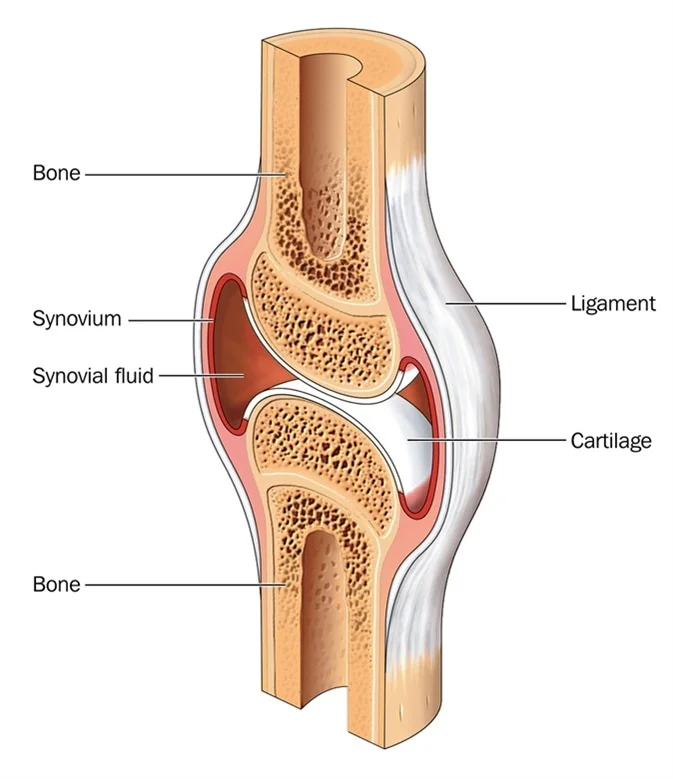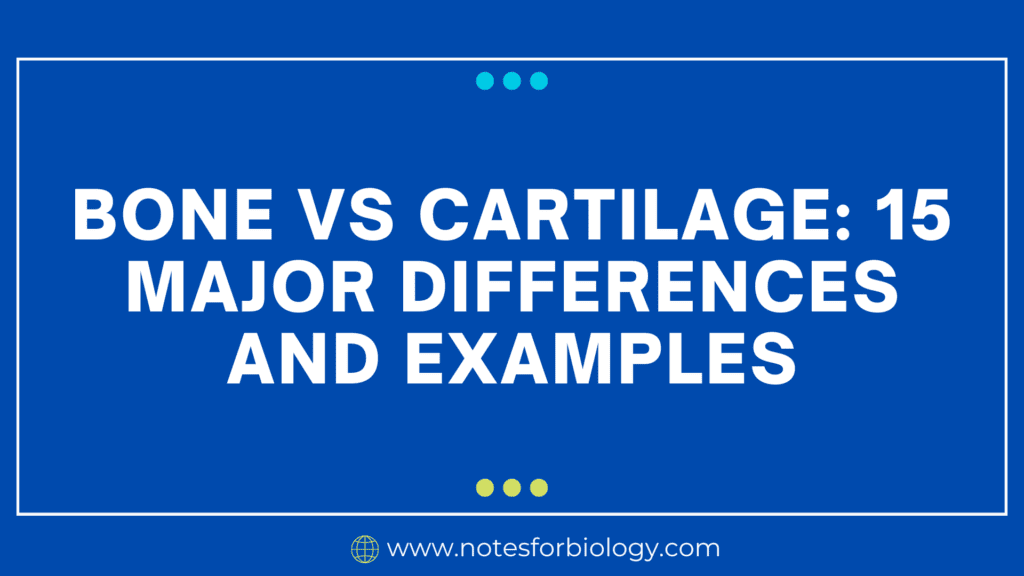Bone vs cartilage are two different kinds of connective tissue—bone and cartilage—each having special qualities and purposes. Cartilage is flexible and resilient, providing cushioning and shock absorption, whereas bone is hard and solid, providing structural support.
Table of Contents
What is a Bone ?

In most vertebrate animals, a bone is a hard organ that is a part of the skeleton. In addition to producing red and white blood cells, storing minerals, giving the body structure and support, and allowing mobility, bones also safeguard the body’s other organs.
The two main components of bones, the hard, stiff structures that make up the skeleton, are collagen and calcium phosphate. They shield important organs, give the body stability and structure, and function as levers to move muscles. Furthermore, calcium and phosphorus—two elements necessary for a number of body processes—are stored in bones. Throughout life, they undergo continual remodeling as new bone tissue is deposited and old tissue is broken away.
This dynamic mechanism, which adjusts to the body’s changing demands, guarantees the strength and integrity of the bones.
What is cartilage?

An important tissue that gives the body stability, suppleness, and shock absorption is cartilage. Its special qualities are essential for joint health and mobility.
A form of connective tissue that is present throughout the body and offers support, suppleness, and cushioning is cartilage. Cartilage is not made of blood vessels or nerves like bone is; instead, it gets its nutrition and waste products by diffusion from surrounding tissues.
Difference between Bone vs Cartilage

The major difference between bone vs cartilage are
| S.N | Aspect | Bone | Cartilage |
| 1. | Structure | Bone is Dense and rigid. | Cartilage is Flexible and elastic. |
| 2. | Composition | Bone is high in calcium and phosphate. | Cartilage is high in collagen and proteoglycans |
| 3. | Cells | The cells of bone is Osteocytes, osteoblasts, osteoclasts. | The Cells of Cartilage is Chondrocytes. |
| 4. | Vascularization | It is highly vascularization. | It is Avascular. |
| 5. | Growth | Appositional growth (addition of layers) | Interstitial growth (expansion from within) |
| 6. | Regeneration | Limited regeneration capacity | Higher regeneration capacity |
| 7. | Matrix | Bone is Mineralized matrix. | It is Gel-like matrix. |
| 8. | Function | Support, protection, movement, storage | Flexibility, shock absorption, structure |
| 9. | Periosteum/Perichondrium | It is covered by periosteum. | It is covered by Perichondrium |
| 10. | Mechanical Properties | Bone is strong, weight-bearing. | It is flexible, resilient. |
| 11. | Development | Forms through ossification. | Forms through chondrogenesis |
| 12. | Types | Compact and spongy bone | Hyaline, elastic, and fibrocartilage |
| 13. | Innervation | Highly innervated | Not innervated. |
| 14. | Marrow | Bones contain bone marrow (red and yellow) which produces blood cells and stores fat. | Cartilage does not contain marrow |
| 15. | Density | Bones are denser and harder than cartilage. | Cartilage is less dense and more pliable. |
Examples of Bone vs Cartilage
The example of bones are
- Skull
- Spine
- Rib Cage
- Arms
- Legs
- Clavicle (collarbone)
- Scapula (shoulder blade)
- Pelvis
- Fibula (lower leg)
Examples of cartilage are
- Ear
- Nose
- Trachea (windpipe)
- Rib Cage
- Joints
- Intervertebral Discs
- Knee
- Shark Skeleton
- Fish Gills
- Nose of a dog
- The beak of a bird
These are the examples of bone vs cartilage.
Frequently Asked Questions(FAQ)
What is Bone?
In most vertebrate animals, a bone is a hard organ that is a part of the skeleton. In addition to producing red and white blood cells, storing minerals, giving the body structure and support, and allowing mobility, bones also safeguard the body’s other organs.
What is cartilage?
An important tissue that gives the body stability, suppleness, and shock absorption is cartilage. Its special qualities are essential for joint health and mobility.
List the examples of Cartilage?
The examples of Cartilage are
Ear
Nose
Trachea (windpipe)
Rib Cage
Joints
Intervertebral Discs
Knee
Shark Skeleton
Fish Gills
Nose of a dog
The beak of a bird
Related Articles

